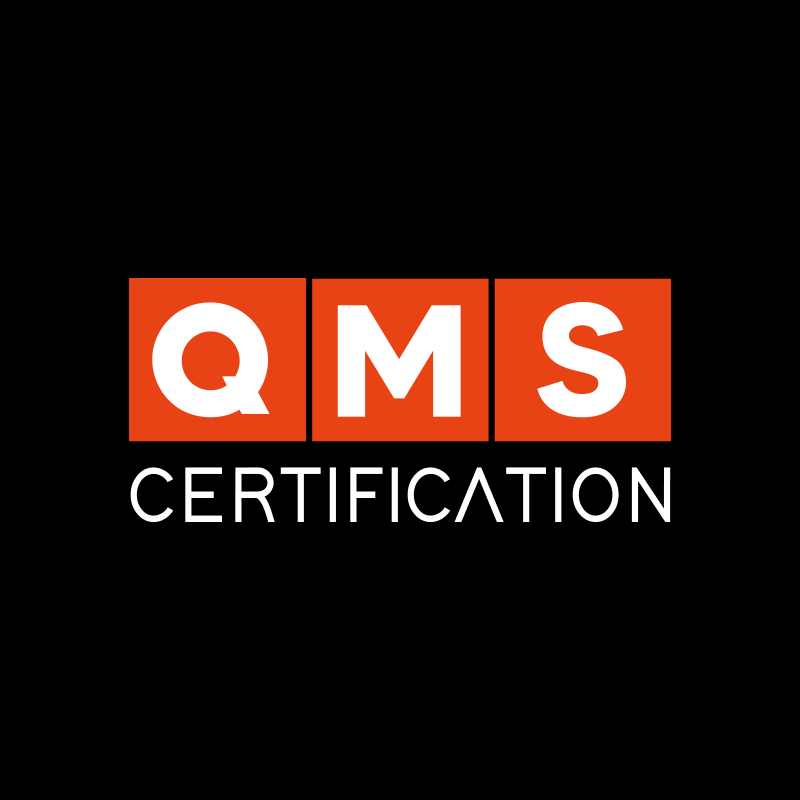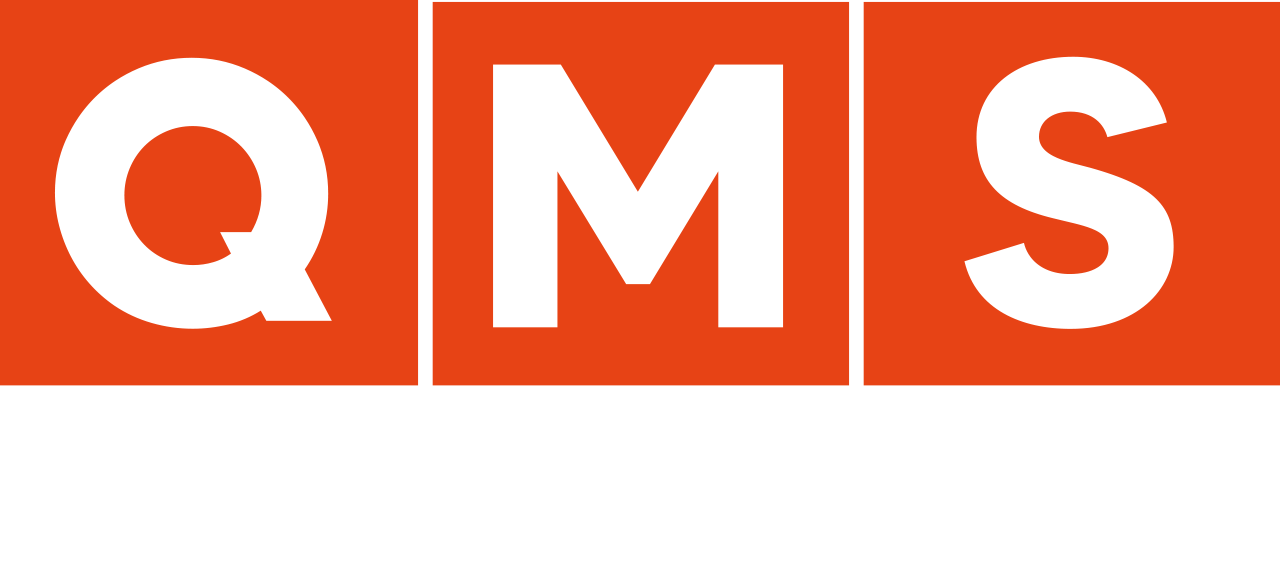Reaching the expected result is essential for the organization, but for this to happen, roles and responsibilities need to be very well defined.
Defining who will be responsible for each function present in the organization’s management system is essential for processes to occur correctly. In today’s article we are going to talk about ISO 9001:2015 requirement 5.3 – Organizational roles, responsibilities and authorities. This rule makes the following statement:
Top management must ensure that responsibilities and authorities for relevant roles are assigned, communicated and understood within the organization.
This means that the top management of the organization needs to communicate the roles that each employee will play in the quality management process. That is, ensuring that these roles are understood and that the responsibilities of each process are assigned to certain people.
ISO 9001:2015 – 5.3 Organizational roles, responsibilities and authorities
Before continuing, let’s see what the standard brings as requirements:
5.3 Organizational roles, responsibilities and authorities
Top management must ensure that responsibilities and authorities for relevant roles are assigned, communicated and understood within the organization.
Top Management must assign responsibility and authority to:a) ensure that the quality management system complies with the requirements of this International Standard;
b) ensure that processes deliver their intended outputs;
c) reporting the performance of the quality management system and opportunities for improvement (see 10.1), in particular to Senior Management;
d) ensure the promotion of customer focus in the organization;
e) ensure that the integrity of the quality management system is maintained when changes to the quality management system are planned and implemented.
Understanding requirement by requirement
Now let’s better understand each requirement of the standard and the necessary actions so that they can be implemented in the organization.
a) ensure that the quality management system complies with the requirements of this International Standard;
The organization’s leadership needs to ensure that its management system conforms to what the standard asks for and ensure that everything is working correctly.
For this, the leadership needs to divide the responsibilities and functions among its collaborators, so that the management system is part of the organization’s culture and works effectively.
b) ensure that processes deliver their intended outputs;
Reaching the expected and satisfactory result is essential for the organization, so it is necessary to put the QMS into practice!
Top management is responsible for distributing responsibilities and functions. This means that everyone involved in the process needs to know exactly what outputs and deliverables are expected of them.
For this to occur, there must be effective communication on both sides, both leaders and employees. When people know exactly what must be delivered, what their role and importance within the organization are, work is done with more confidence and productivity, achieving the expected results more easily.
c) reporting the performance of the quality management system and opportunities for improvement (see 10.1), in particular to Senior Management;
Through the evaluation of the QMS, the organization will be able to know if the process is going as expected.
For this, an analysis of facts and data is necessary, this action brings new alternatives for evaluating the results of the QMS. For example, a short circuit occurs and some machines are affected, so we have the fact that to know the data we need the exact amount of damaged machines, what was the impact on production, rework generated, etc.
In this way, by uniting the fact and the data, we can analyze the loss, lost time, material damages, among other information, through graphics.
d) ensure the promotion of customer focus in the organization;
The discourse that the focus is on customer satisfaction is always present in organizations’ slogans, but how to keep this discourse active and always in practice?
An important action that the top management can resort to is the customer satisfaction survey, before, during and after the service provided.
This survey can be done weekly, monthly or even per customer served. Being able to bring immediate feedback to the organization and thus maintaining its focus on the customer.
Then, the company will need to create processes aimed at this research and, therefore, will need to define who will execute them.
e) ensure that the integrity of the quality management system is maintained when changes to the quality management system are planned and implemented.
Top management can give freedom to people who are involved in the organization’s processes to report non-conformities, errors or windows for QMS improvements.
These improvements can be observed during the organization’s processes and be included in its operating system.
For this to happen in a healthy way, these changes cannot cause negative effects during your adaptation process. Not even after they’ve been inserted. In this way, changes in the QMS must always be with the purpose of improving the system, and it is necessary to have someone responsible for ensuring this.
For the organization to grow it needs everyone
When the top management, organizational authorities, distributes the roles that each employee must perform effectively, ensuring that everyone really understands what their role is within their operating system. Consequently, the processes have everything to be done in the best possible way and the organization to grow, obtaining greater and greater results.
People need to understand that they are fundamental to the growth and success of the organization in which they are inserted. Therefore, this motivation needs to be part of the organization’s culture, and this needs to be stimulated by the company itself.










